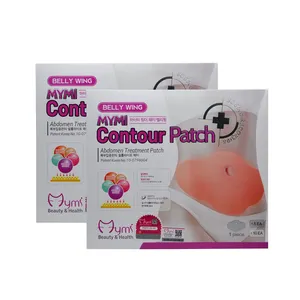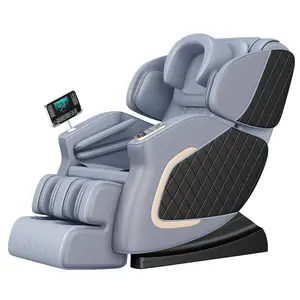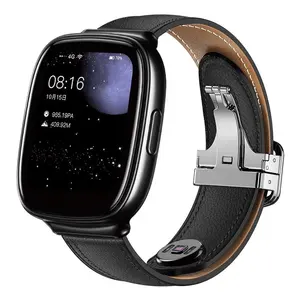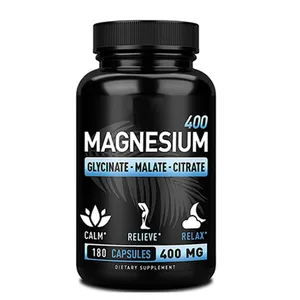Phổ biến trong ngành của bạn






4-in-1rotary điện Nam châm vĩnh cửu Vít Máy nén khí Máy nén khí trục vít với máy sấy
24.945.800 ₫ - 32.582.269 ₫
Đơn hàng tối thiểu: 1 Bộ






Sc10clx sc21cl sc15cl sc18cl sc21cl sc15clx.2 LBP R404a Tủ đông máy nén lạnh cho secop tủ lạnh máy nén
1.654.569 ₫ - 3.690.961 ₫
Đơn hàng tối thiểu: 1 Cái
Vận chuyển mỗi chiếc: 13.414.731 ₫







7.5 Kw tùy chỉnh-thực hiện nam châm vĩnh cửu động cơ vít loại 39 CFM Máy nén khí 2001 xách tay cho sản xuất công nghiệp
178.185 ₫ - 26.993.137 ₫
Đơn hàng tối thiểu: 1 Cái
Vận chuyển mỗi chiếc: 13.249.274 ₫


UN-60P-OXY AC 110V Hoặc 220V 2.5 Bar Máy Nén Khí Khô Không Dầu Cho Bộ Tập Trung Oxy
3.232.772 ₫ - 3.640.051 ₫
Đơn hàng tối thiểu: 100 Đơn vị







Nhà Máy Bán Hàng Trực Tiếp Tuttlingen Rp 50L Máy Nén Khí Công Nghiệp Im Lặng Máy Nén Nha Khoa Sử Dụng
5.600.078 ₫ - 5.854.627 ₫
Đơn hàng tối thiểu: 1 Bộ






Chất lượng cao nóng bán độ tin cậy cao và hiệu quả năng lượng sự lựa chọn tốt nhất tự động mở Loại đơn vị máy nén trục vít một tầng
1.272.744.850 ₫
Đơn hàng tối thiểu: 1 Đơn vị






Nhiệt Độ Thấp Ls Series Máy Nén Trục Vít Đơn Công Nghiệp Máy Làm Lạnh Làm Mát Bằng Nước Để Làm Mát Bê Tông
127.274.485 ₫
Đơn hàng tối thiểu: 1 Bộ






Máy Nén Đơn/Đôi Hanbell 250 TR 300 Tấn Máy Làm Lạnh Làm Mát Bằng Nước Vít
1.005.468.432 ₫ - 1.018.195.880 ₫
Đơn hàng tối thiểu: 1 Đơn vị





200 tấn làm mát bằng không khí Máy làm lạnh tiếng ồn thấp làm mát bằng nước máy làm lạnh máy nén trục vít đơn làm mát bằng nước Máy làm lạnh
35.356.852 ₫ - 40.040.553 ₫
Đơn hàng tối thiểu: 1 Đơn vị






Công nghiệp tiếng ồn thấp duy nhất máy nén trục vít làm mát bằng nước máy làm lạnh
636.372.425 ₫ - 763.646.910 ₫
Đơn hàng tối thiểu: 2 Bộ






50HP/159.8kw Công Suất Làm Mát Máy Nén Đơn Làm Mát Bằng Nước Máy Làm Lạnh Trục Vít Cho Ngành Công Nghiệp Nhựa Và Cao Su
522.970.859 ₫ - 533.280.093 ₫
Đơn hàng tối thiểu: 1 Bộ






Công nghiệp tiếng ồn thấp duy nhất máy nén trục vít làm mát bằng nước máy làm lạnh
554.407.657 ₫
Đơn hàng tối thiểu: 1 Bộ
Các danh mục hàng đầu
Giới thiệu về máy nén khí trục vít đơn
Ngày nay, máy nén khí trục vít đơn không còn là điều mới mẻ đối với những người bình thường và không còn bị coi là điều cấm kỵ khi sử dụng. Nếu bạn đang tìm kiếm niềm vui áp chót đó, bạn phải kiểm tra sự bao la. Bộ sưu tập máy nén khí trục vít đơn tại Alibaba.com. Những gợi cảm và cong. máy nén khí trục vít đơn đáng giá từng xu và chắc chắn làm cho đêm đó trở nên đặc biệt đối với bạn. Những con búp bê này có ngoại hình giống như thật, bắt đầu từ tóc đến ngón chân theo mọi nghĩa.
Cho dù bạn là một người cô đơn đang tìm kiếm một người bạn đời như cuộc sống hay một cặp vợ chồng muốn thêm gia vị cho cuộc sống của họ, bạn đều có thể sử dụng chúng . máy nén khí trục vít đơn để đốt cháy ngọn lửa đó. Những ngoạn mục. máy nén khí trục vít đơn có thể tùy chỉnh theo mong đợi của bạn. Những điều tuyệt vời. máy nén khí trục vít đơn có sẵn ở cả phiên bản dành cho nam và nữ và được làm từ silicone cấp y tế để sử dụng an toàn. Hãy sở hữu ngay bây giờ và tận hưởng một đêm đam mê và cháy bỏng.
Alibaba.com cung cấp những điều tuyệt vời này. máy nén khí trục vít đơn ở mọi hình dạng cơ thể, kích thước và sắc tộc. Dù yêu cầu của bạn đối với. máy nén khí trục vít đơn, bạn có thể tải tất cả chúng trên trang web. Những cái này. máy nén khí trục vít đơn được tạo hình bởi những người thợ thủ công giỏi nhất và mọi chi tiết phức tạp đều được kiểm tra kỹ lưỡng. Những con búp bê này có mắt, tóc, móng tay và tất cả các bộ phận cơ thể khác tương tự như người thật.
Alibaba.com cung cấp nhiều loại. máy nén khí trục vít đơn có thể giúp bạn mua các sản phẩm phù hợp với ngân sách và các yêu cầu khác của bạn. Các sản phẩm này an toàn để sử dụng, được chứng nhận và thân thiện với môi trường trong tự nhiên. Đơn đặt hàng OEM có sẵn trên các sản phẩm này.
Cho dù bạn là một người cô đơn đang tìm kiếm một người bạn đời như cuộc sống hay một cặp vợ chồng muốn thêm gia vị cho cuộc sống của họ, bạn đều có thể sử dụng chúng . máy nén khí trục vít đơn để đốt cháy ngọn lửa đó. Những ngoạn mục. máy nén khí trục vít đơn có thể tùy chỉnh theo mong đợi của bạn. Những điều tuyệt vời. máy nén khí trục vít đơn có sẵn ở cả phiên bản dành cho nam và nữ và được làm từ silicone cấp y tế để sử dụng an toàn. Hãy sở hữu ngay bây giờ và tận hưởng một đêm đam mê và cháy bỏng.
Alibaba.com cung cấp những điều tuyệt vời này. máy nén khí trục vít đơn ở mọi hình dạng cơ thể, kích thước và sắc tộc. Dù yêu cầu của bạn đối với. máy nén khí trục vít đơn, bạn có thể tải tất cả chúng trên trang web. Những cái này. máy nén khí trục vít đơn được tạo hình bởi những người thợ thủ công giỏi nhất và mọi chi tiết phức tạp đều được kiểm tra kỹ lưỡng. Những con búp bê này có mắt, tóc, móng tay và tất cả các bộ phận cơ thể khác tương tự như người thật.
Alibaba.com cung cấp nhiều loại. máy nén khí trục vít đơn có thể giúp bạn mua các sản phẩm phù hợp với ngân sách và các yêu cầu khác của bạn. Các sản phẩm này an toàn để sử dụng, được chứng nhận và thân thiện với môi trường trong tự nhiên. Đơn đặt hàng OEM có sẵn trên các sản phẩm này.











